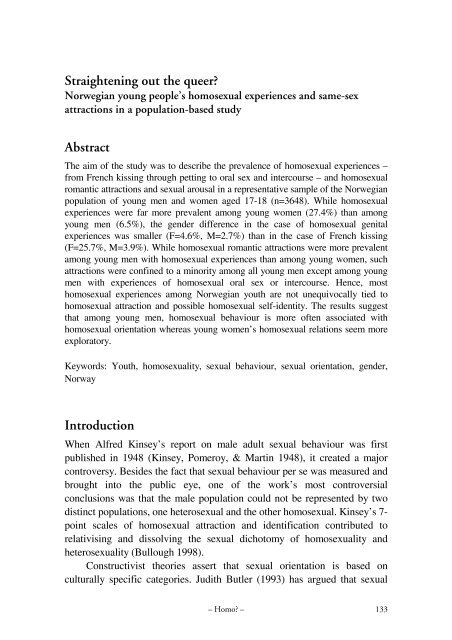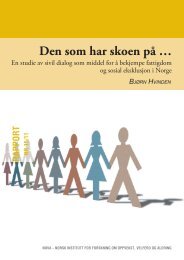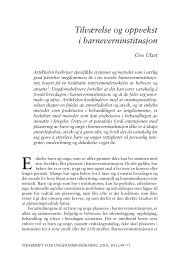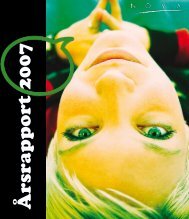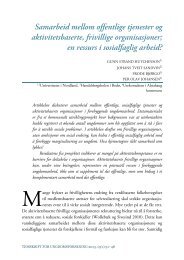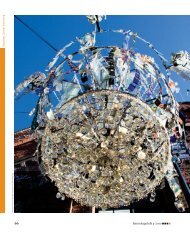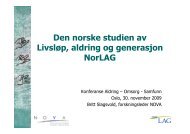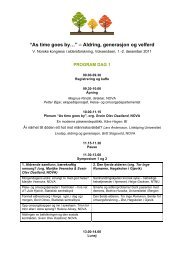Betydningen av seksuell erfaring, tiltrekning og identitet for ...
Betydningen av seksuell erfaring, tiltrekning og identitet for ...
Betydningen av seksuell erfaring, tiltrekning og identitet for ...
Create successful ePaper yourself
Turn your PDF publications into a flip-book with our unique Google optimized e-Paper software.
Straightening out the queer?<br />
Norwegian young people’s homosexual experiences and same-sex<br />
attractions in a population-based study<br />
Abstract<br />
The aim of the study was to describe the prevalence of homosexual experiences –<br />
from French kissing through petting to oral sex and intercourse – and homosexual<br />
romantic attractions and sexual arousal in a representative sample of the Norwegian<br />
population of young men and women aged 17-18 (n=3648). While homosexual<br />
experiences were far more prevalent among young women (27.4%) than among<br />
young men (6.5%), the gender difference in the case of homosexual genital<br />
experiences was smaller (F=4.6%, M=2.7%) than in the case of French kissing<br />
(F=25.7%, M=3.9%). While homosexual romantic attractions were more prevalent<br />
among young men with homosexual experiences than among young women, such<br />
attractions were confined to a minority among all young men except among young<br />
men with experiences of homosexual oral sex or intercourse. Hence, most<br />
homosexual experiences among Norwegian youth are not unequivocally tied to<br />
homosexual attraction and possible homosexual self-identity. The results suggest<br />
that among young men, homosexual beh<strong>av</strong>iour is more often associated with<br />
homosexual orientation whereas young women’s homosexual relations seem more<br />
exploratory.<br />
Keywords: Youth, homosexuality, sexual beh<strong>av</strong>iour, sexual orientation, gender,<br />
Norway<br />
Introduction<br />
When Alfred Kinsey’s report on male adult sexual beh<strong>av</strong>iour was first<br />
published in 1948 (Kinsey, Pomeroy, & Martin 1948), it created a major<br />
controversy. Besides the fact that sexual beh<strong>av</strong>iour per se was measured and<br />
brought into the public eye, one of the work’s most controversial<br />
conclusions was that the male population could not be represented by two<br />
distinct populations, one heterosexual and the other homosexual. Kinsey’s 7point<br />
scales of homosexual attraction and identification contributed to<br />
relativising and dissolving the sexual dichotomy of homosexuality and<br />
heterosexuality (Bullough 1998).<br />
Constructivist theories assert that sexual orientation is based on<br />
culturally specific categories. Judith Butler (1993) has argued that sexual<br />
– Homo? – 133


